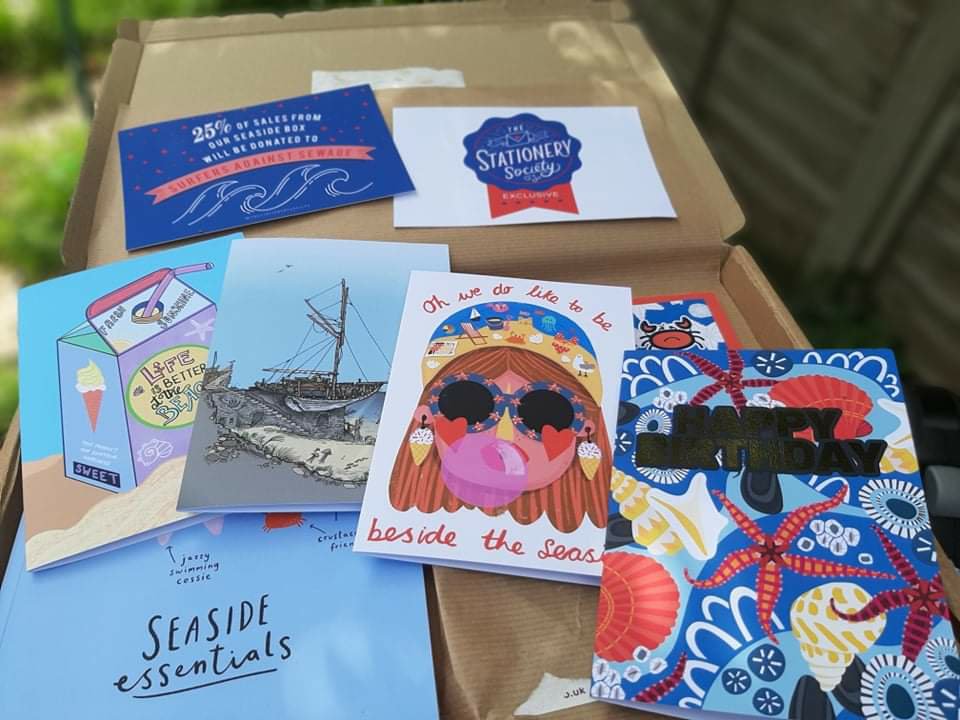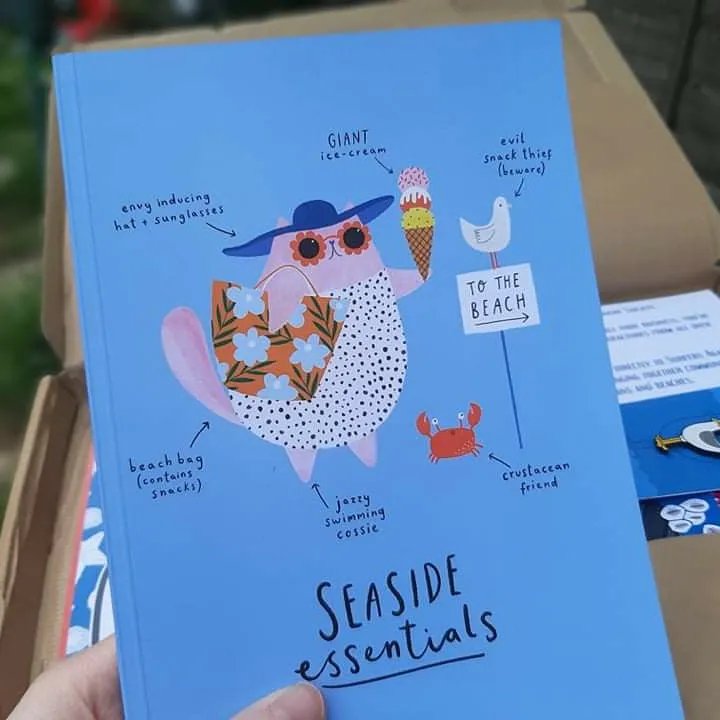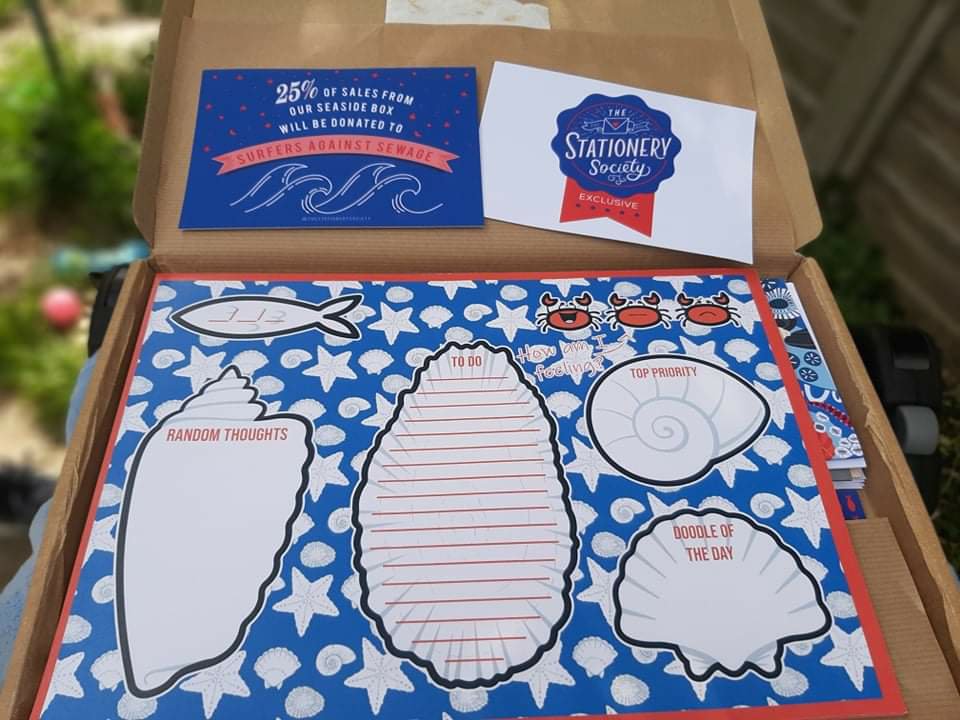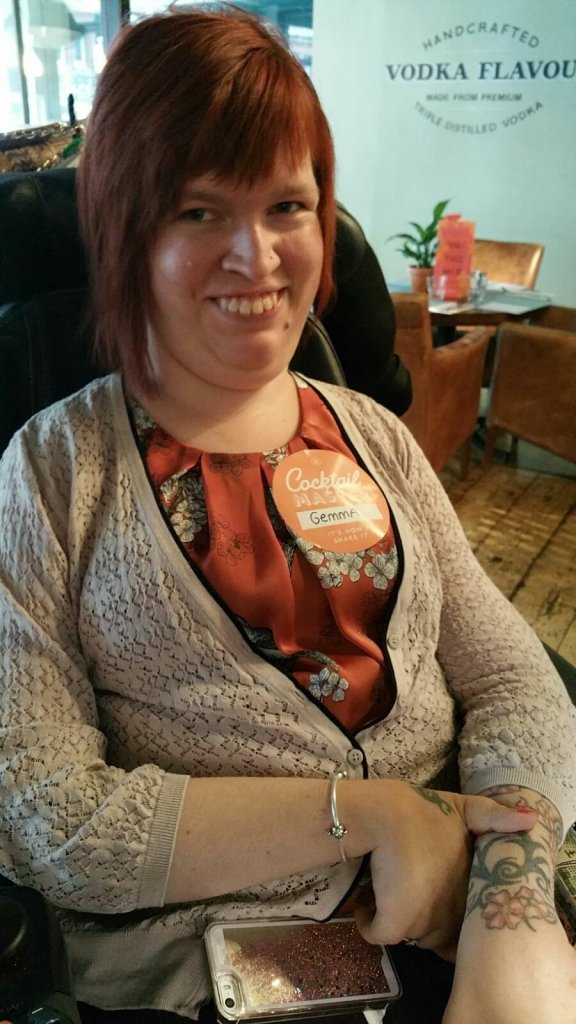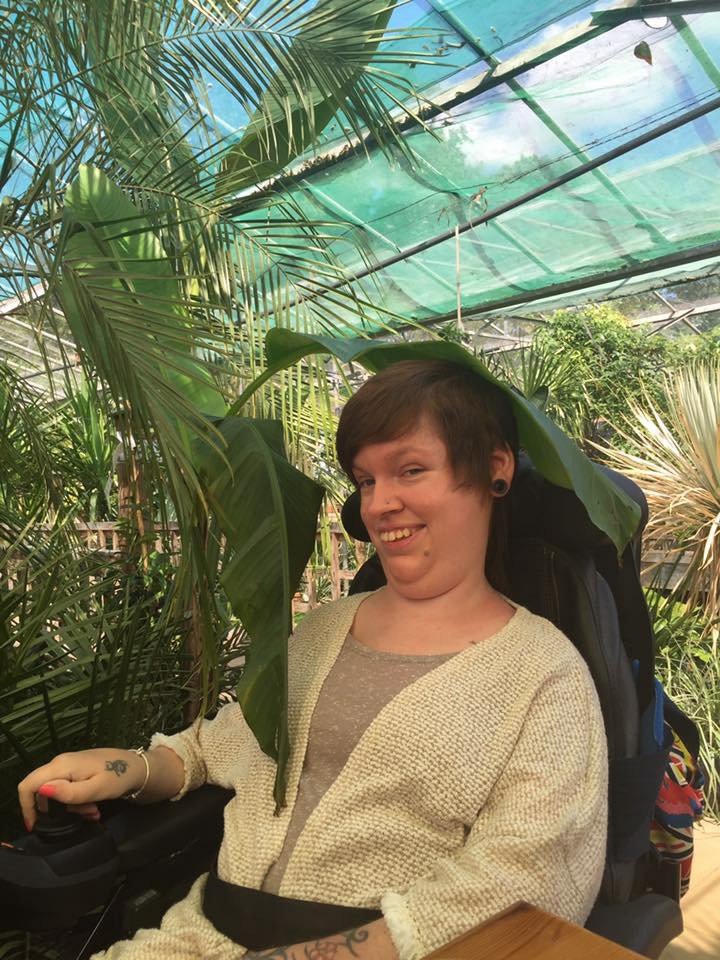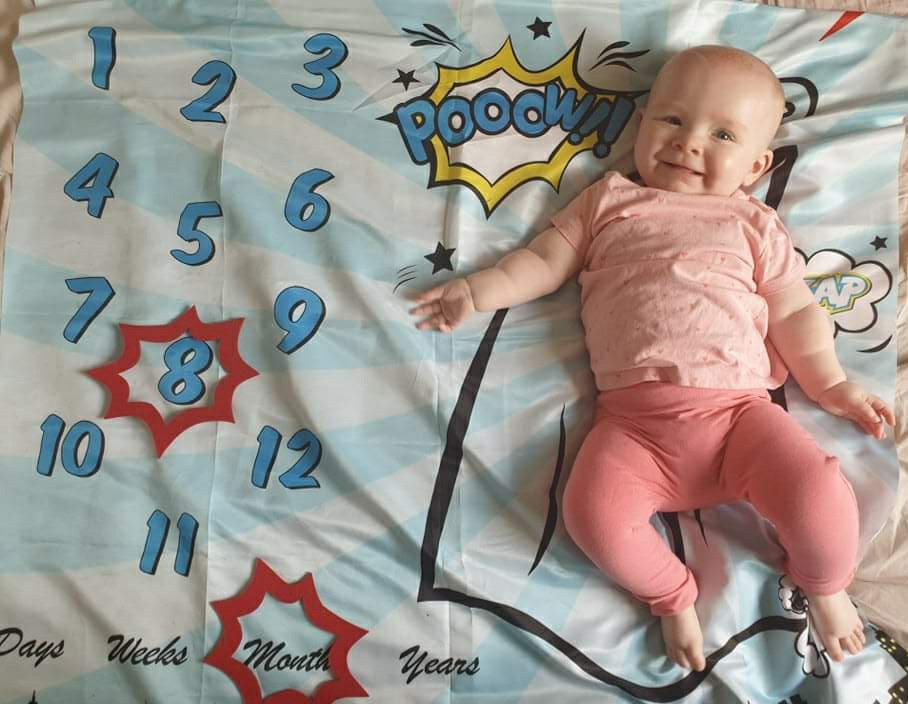‘The Reality Of…’ is a series with the aim to raise awareness of disabilities, illnesses, impairments, etc. Also, educating others about the barriers that disabled people and carers face. I hope this series helps to break down misconceptions and stigma.
Life doesn’t have to stop when you have a disability.
Meet Tracy
Hi I’m Tracy. I’m 50 years old and although I was born and bred in Belfast I now live in London with my husband and two grown up kids.
I’m a blogger and Social Media Manager for small business. I pretty much fell into the world of blogging as I had to give up my business as an independent driving instructor when I fell ill in my very late 30’s. I blog over at Just Me Being Mrs B about over 50’s lifestyle alongside living with chronic illness and chronic pain.

My Conditions
I was diagnosed with ME/CFS back in 2009. The Fibromyalgia was diagnosed around 2015 and more recently the Hypermobility in early 2019. In short, I’m constantly in a state of fatigue and my body hurts all over, all of the time. Now I’m not talking about an end of day or end of week tiredness here though. I’m talking about fatigue so bad I cannot hold my own body weight up long enough to make myself a coffee! That’s how I judge a bad day.
The pain just never seems to go. My body hurts to touch and the hypermobility creates a whole level of pain on top of that, particularly in my ankles and hands. My joints are incredibly loose and can dislocate, so I use hand splints and LOTS of sport support tape.
In the early days of diagnosis I kind of fought against the symptoms definitely to my detriment. As the years went on I found my peace with it all and know my limitations. Ok, I may know them but I still push past them way too many times.
I mainly use a walking stick wherever I go but if I’m going somewhere for the day where a lot of walking is involved I have my wheelchair as back up. I definitely still have a love/hate relationship with my mobility aids even now over 10 years into my illness. You will rarely see a photo of me with my walking stick. That’s my personal preference because although chronic illness rules my life now, it’s still only PART me. Just like my red hair or my Irish accent, or my love of 80’s music is PART of me.
My Symptoms
My symptoms don’t just stop at the fatigue and pain though. There is a myriad of daily symptoms from nausea, migraines, stomach issues, noise and light sensitivity to name just a few. I’m learning to better pace myself but I’m still not great at accepting the limitations that are forced upon me through illness. I have a real fear of ‘use it or lose it’ with regards to how much I can push my body to do. Rightly or wrongly this means the activity boom and bust is a big part of how I coexist alongside my illnesses.
However, this means from one day to the next I have no clue how I’m going to feel. I have a fogginess first thing in the morning until my body adjusts (almost like a hangover without the great night out beforehand) and then I can judge how my day might pan out. Sometimes I can still get that very wrong.
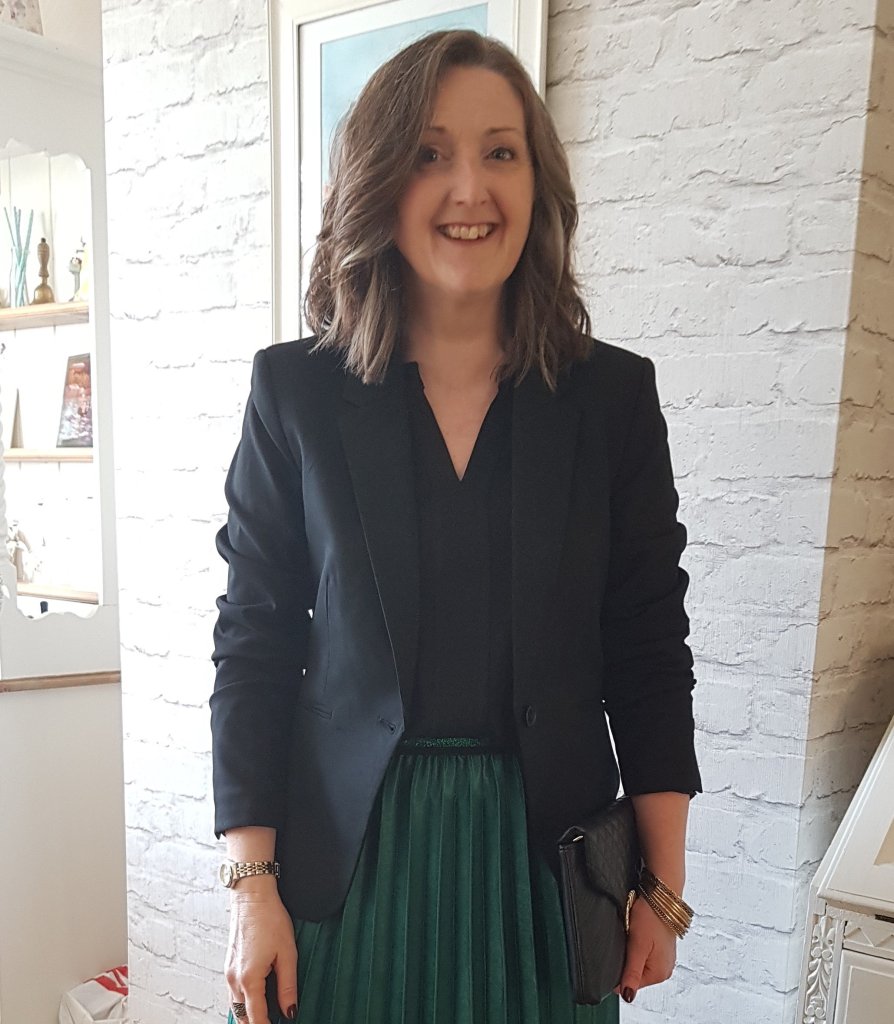
Have I Changed As A Person?
It’s a resounding yes to this. I have absolutely changed. The change was forced upon me. I don’t think anyone with chronic conditions would be able to say otherwise. Living with chronic conditions and daily chronic pain has changed my outlook on life. It’s changed how I view life. It’s also changed my approach to life.
All that alongside turning 50 can be a little eye opening I can tell you!
For a start I feel that living with the conditions I have has meant my life has slowed down considerably. In fact, with all the madness the Covid pandemic has brought on us I almost feel as though I have been in training for the lockdown life. The world suddenly aligned itself to my level of activity.
However, in other ways my illness has also changed things for the better. It sent me down the writing route through blogging which has opened lots of new opportunities and online connections that I wouldn’t have had otherwise. helping to raise awareness and normalise ‘invisible’ illnesses in particular has become part of what I do.
The work I do now though blogging and managing social media for small businesses works perfectly with my illnesses and symptoms. I can work in my pj’s. Not having to be ready and in a workplace by 9am is brilliant and allows me to work around when my body and brain are at their best. It’s the perfect working solution for me.
Also being able to have my freelance business helps me personally feel that I can still contribute, that I am still worthy and that I am something other than just the crippling illness and pain. That is incredibly important to me and I think stems back from being ex forces and having that determination to make the best of a situation.
The best thing is my work colleagues don’t judge me. Who am I kidding, they’re cats, of course they’re judging me!
So, you know……..swings and roundabouts and all that.
My Favourite Superhero
Superhero wise it has to be Iron Man. I adore the Marvel films and I could probably pick a few but Iron Man stands out because of his sarcasm and quick wit. With both my boys being in their 20’s now and both my husband and I being ex forces I can tell you this house absolutely runs on sarcasm, mickey taking and film quotes.
In fact, that’s the attitude that has helped me get through the last 12 years living with chronic illness. Just thinking about it if we had Tony Stark on the case for a cure for M.E we would probably have one by now. We can always live in hope.
Thank you so much Tracy for raising awareness!
If you would like to stay up-to-date with Tracy, then you can find her on Instagram, Twitter, Facebook, and her blog, Just Me Being Mrs B!
